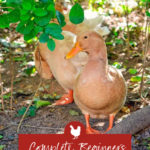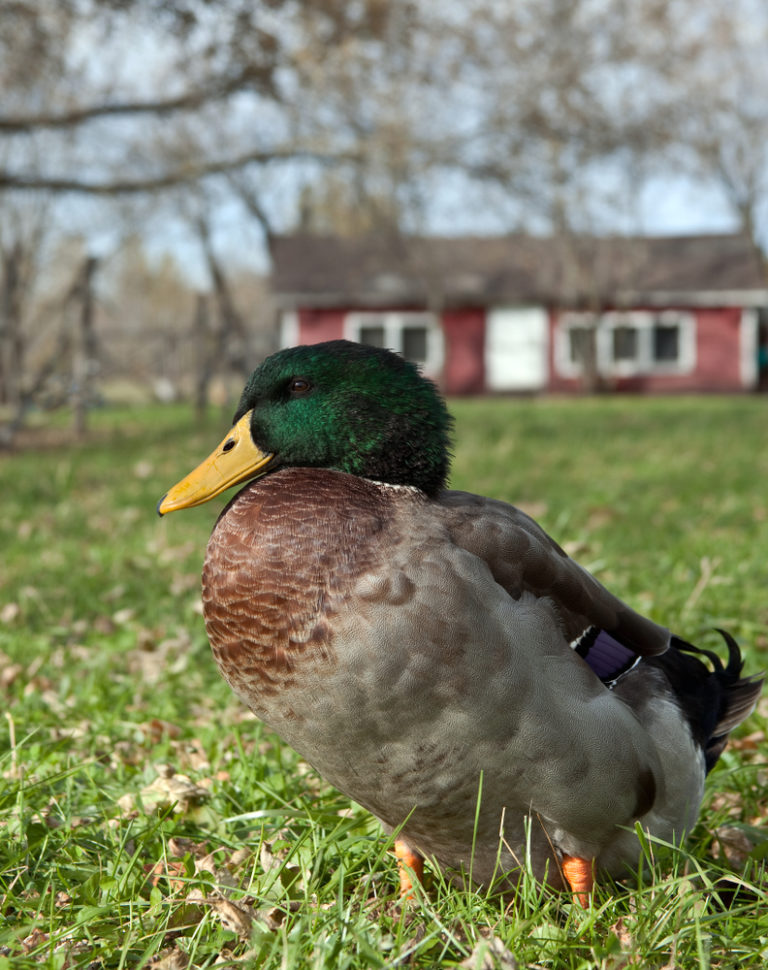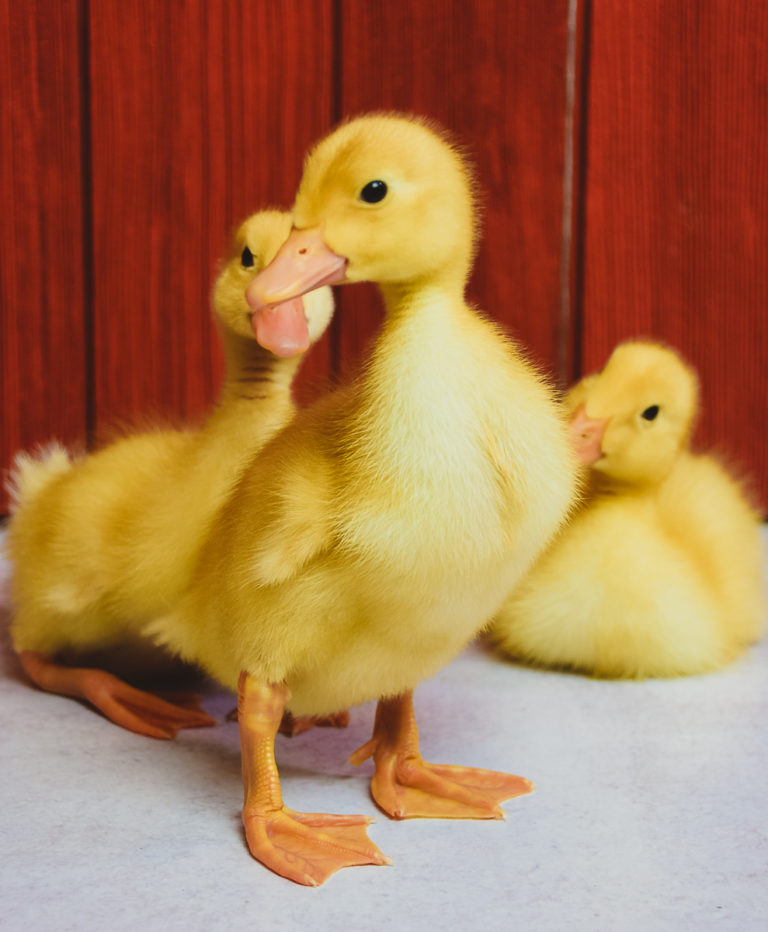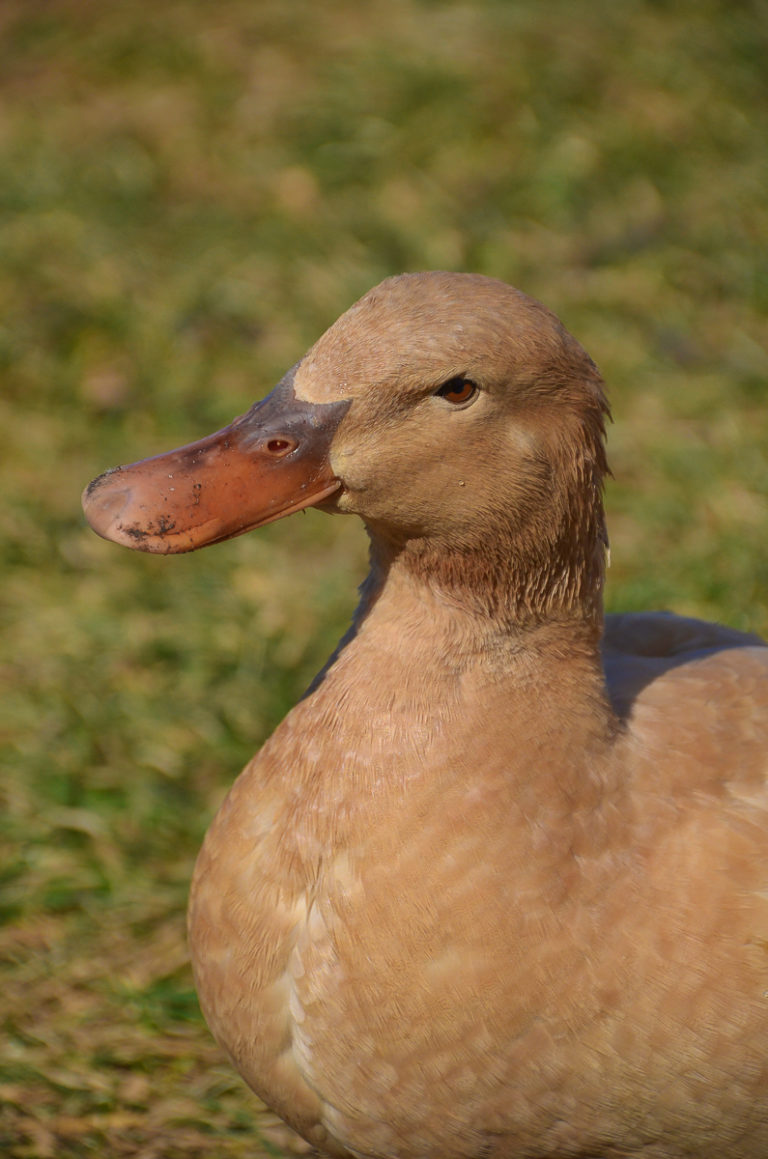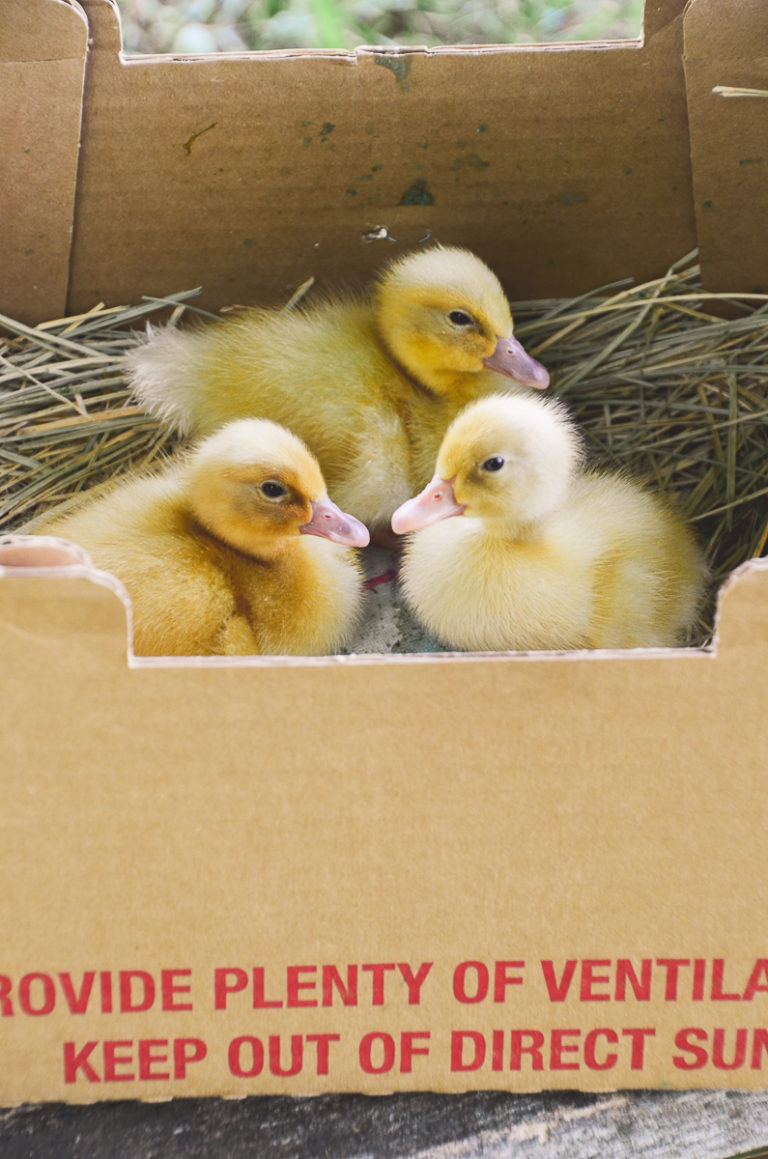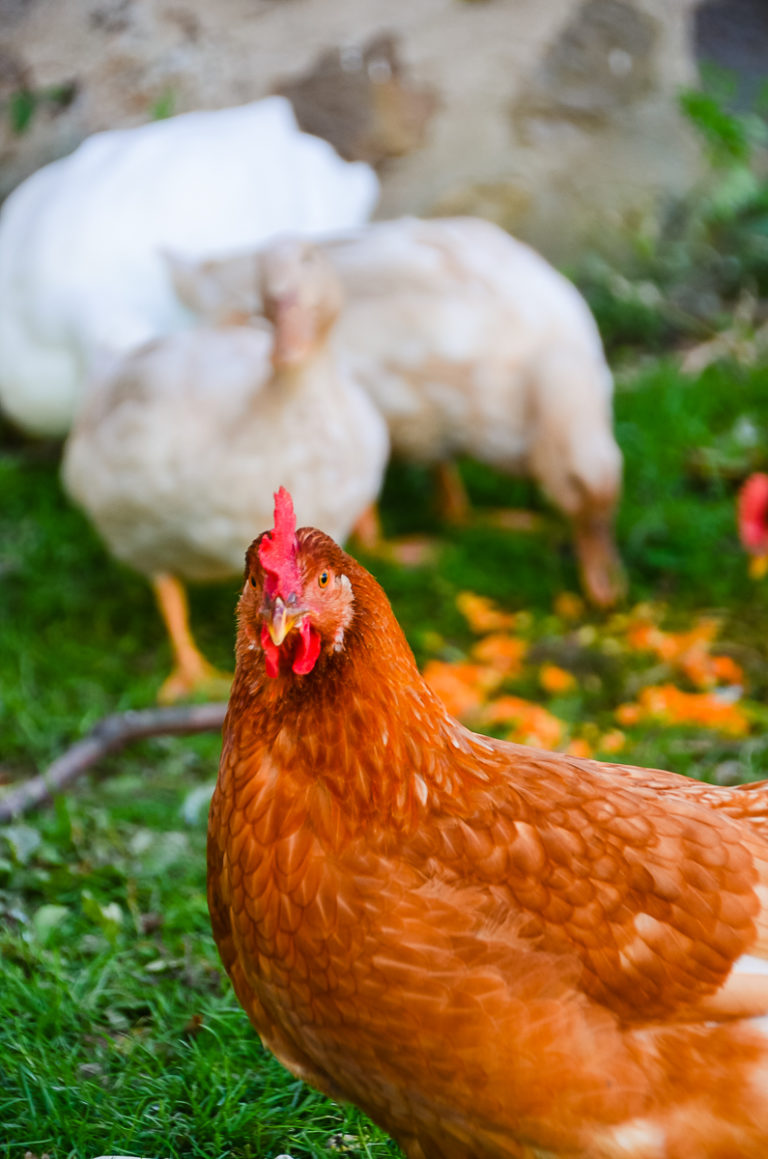The Complete Beginners Guide to Raising Ducks
Are you considering raising ducks, or have you taken the leap and brought home ducklings? Ducks are lovely creatures that are great to keep around the homestead or in the backyard. Whether looking for egg layers or meat production, ducks offer their unique benefits and challenges.
Ducks require special diets, and need care slightly different from chickens, but they also offer the opportunity to enjoy their quirky antics, and gather fresh duck eggs every morning!
To help you understand the ins and outs of raising ducks, I’ve assembled this article of key resources and information to help you begin your journey!
Table of Contents
- A Day in the Life of a Duck Keeper
- Is It Easy To Take Care Of Ducks?
- Can I Own Ducks Where I Live?
- How Long Do Domestic Ducks Live?
- How Many Ducks Should I Raise?
- What Are The Best Breeds of Ducks to Keep?
- Keeping Drakes (Male Ducks)
- What Kind of Shelter Do Ducks Need?
- Protecting Ducks From Predators
- What Do you Feed Ducks?
- Duck Health & Physical Developement
A Day in the Life of a Duck Keeper
Ducks are a lot of fun but require their fair share of work if you want to raise happy healthy ducks. Not only do they need suitable housing, plenty of water and feed, they also should have free access outside for some fresh air and sunshine. So what does the day in the life of a duck keeper entail? Well, it depends on the season and the age of your flock!
- Duckling daily care: When your first get your ducklings, and they are young and in the brooder usually in a climate controlled location, daily duckling care will involve managing messes, making sure their space is clean, and replacing bedding, and also making sure they have enough clean drinking water and food. You will also want to regulate the temperature in the brooder with a heat source such as a heat lamp or brooder plate.
- Juvenile Ducks: Ducks grow incredibly fast, and depending on the season, by the time they are 2-3 weeks or 3-5 weeks in cooler weather, you will begin reducing supplemental heat in the brooder. As the ducks get bigger, so will their messes! If the weather permits and temperatures are comfortable, it is also a good idea to move the ducks outside into a secure pen during the day to help minimize messes in the brooder. This is a good time to allow the ducks to have daily swim time, they will love it!
- Adult (Fully Feathered Ducks): Once your ducks are fully feathered and live in their coop, daily care usually consists of opening up their coop in the morning and letting the ducks out, checking their water and food, and collecting eggs. Midafternoon I drop back in on my flock and give the girls a fresh food treat of peas, leafy greens, or pumpkin. I also clean out their pool (usually every other day) at this time. Don’t forget to close up their coop door in the evening after they have retired to their nests for the night to keep them safe from nocturnal predators. During winter, daily care includes everything I’ve mentioned previously, along with breaking ice in the kiddie pool so the ducks can swim and making sure their waterers are working correctly and not frozen.
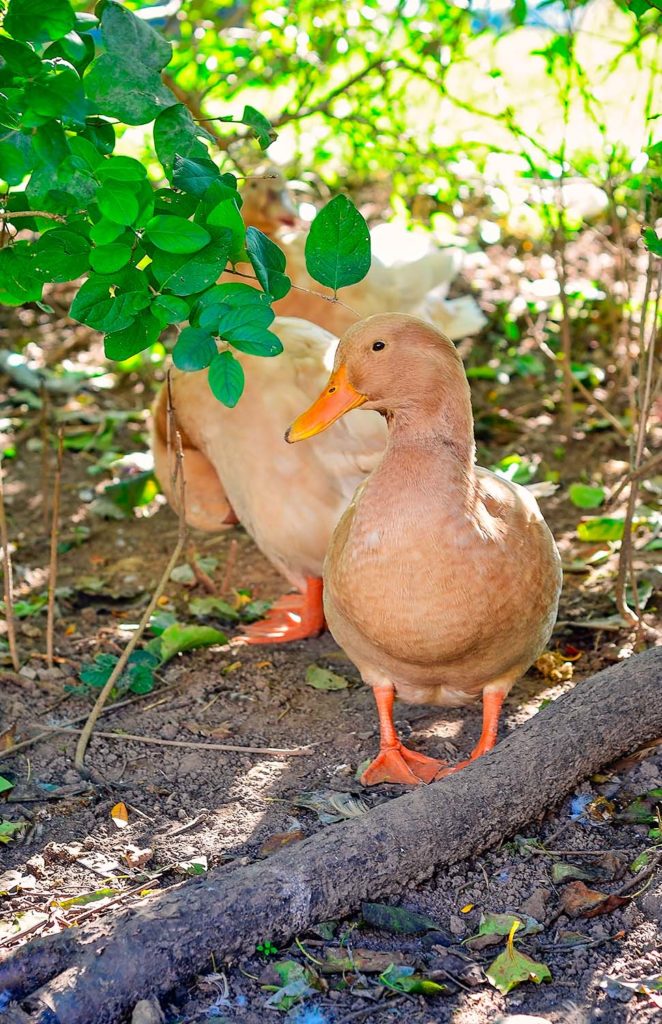
Is It Easy To Take Care Of Ducks?
As far as the actual time commitment goes, ducks aren’t that much different from chickens. Ducks are not difficult to take care of, but many duck keepers find that managing water, waste, and bedding can be time-consuming and fall into the “dirty jobs” category.
Establishing sound systems and routines for handling and disposing dirty bedding, keeping swimming areas clean, and the run tidy will help keep the time you spend taking care of your ducks enjoyable instead of overwhelming.
Can I Own Ducks Where I Live?
In many towns and counties, ducks are considered livestock and are subject to agricultural laws and regulations. I strongly recommend contacting your town clerk or zoning officer to find out the local ordinances in your area regarding raising domestic ducks.
Call or visit your city or town hall and ask. It’s not usually a straight yes or no answer. Often, there are rules about the distance of coops and runs from neighboring houses or the minimum amount of land you own.
A standard town ordinance in Upstate New York for residentially zoned property regarding raising backyard and poultry is that your parcel must be at least 5 acres.
I know many people who keep a backyard flock and own less than 5 acres of land and happily raise their birds without incident, but if a neighbor complains or “turns you in,” be aware that this is the ordinance is most frequently used against backyard flock keepers.
How Long Do Domestic Ducks Live?
Duck ownership is a long-term commitment. Different breeds have different lifespans, but typically a well-cared-for domestic duck will live for about ten years.
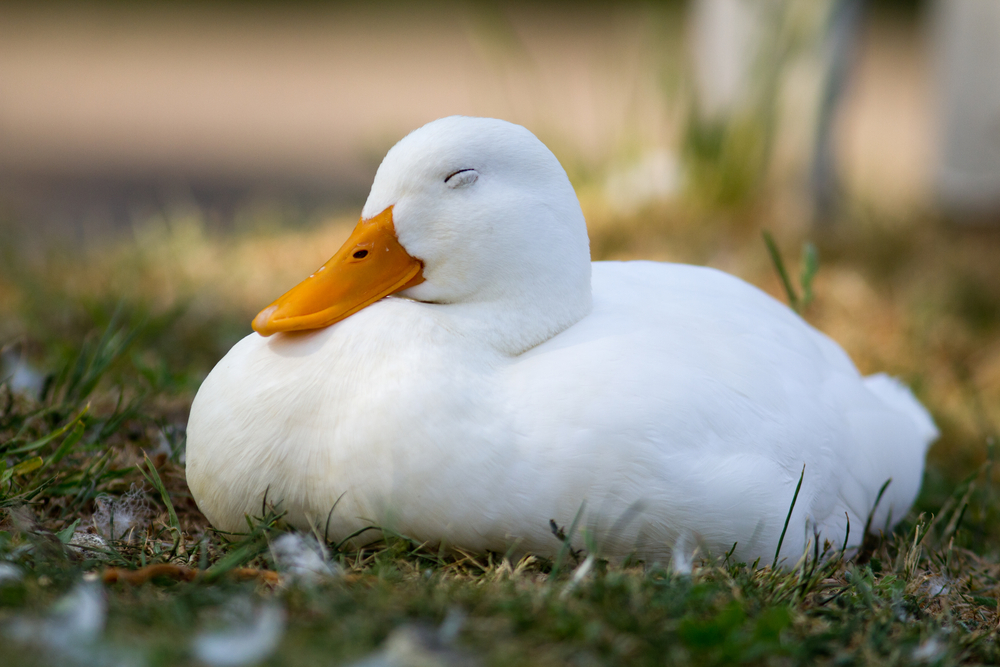
How Many Ducks Should I Raise?
If you are brand new to raising ducks, I suggest you start small and keep it simple. Remember ducks are highly social creatures, and form tight bonds with their flockmates. At a bare minimum you should have 2 ducks. I believe 3-4 ducks is the ideal amount of ducks for a small backyard flock. However, several factors need to be considered when determining the exact number of ducks suitable for you and your homestead.
If you have an existing coop, how much space do you have? In the book Storey’s Guide to Raising Ducks, Dave Holderread recommends 2-6 square feet of space per duck inside their coop/duck house.
Do you have a natural water supply, like a pond or creek, or will you be maintaining kiddie pools for the ducks swimming and hygiene? A 5-foot plastic kiddie pool will comfortably accommodate four full-grown ducks.
And finally, what size run do you have? In the pen or run, you’ll want a minimum of 15 square feet per duck, they enjoy a lot of outdoor room to forage.
I have found that my setup sweet spot is at four female ducks.
What Are The Best Breeds of Ducks to Keep?
There are many breeds of domestic ducks to choose from, and they come in a wide variety of colors and sizes.
If you’re thinking about keeping ducks for a specific purpose, I’ve listed the most popular breed choices below based on what you hope to achieve with raising ducks:
- Pets: Pekin, Welsh Harlequin, and Swedish are known to be friendly and make great pets!
- Egg Layers: Pekin, Aylesbury, (Khaki) Campbell, and Runner ducks are great breeds for egg production.
- Meat: Pekin and the Muscovy are heavy birds reaching 7-8 lbs in eight weeks, making them ideal for meat production.
I have a Pekin and 3 Buff Orpington ducks. I adore my Pekin, who is named Willis. I feel you just can’t go wrong with a Pekin! The buff ducks are prone to broodiness, are not overly friendly with people, but they have grown on me. I love their sassy personalities and spunk.
Keeping Drakes (Male Ducks)
Depending on your goals with your ducks, you may or may not want to keep drakes (male ducks). If you intend to breed ducks, you will need a drake, but consider keeping a flock of all-female ducks if you enjoy spending time with your ducks and having them waddle around your yard.
Drake ducks aren’t exactly gentlemen. Drakes can be incredibly rough on your females, pose a danger to your chickens, and can even become aggressive towards humans.
What Kind of Shelter Do Ducks Need?
Ducks are super easy when it comes to coops or shelters. They will even happily coexist with chickens!
Because ducks are generally hardier than chickens, simple housing (think lean-to or even a dog house) is sufficient if it is in a secure location that protects them from the elements.
It’s essential to make sure your ducks have enough space in their duck house. The minimum space necessary for each mature laying duck in your coop is three square feet.
The duck’s coop should always be bedded with clean straw or wood shavings, your ducks will find a cozy corner to nest into for the night.
Ducks are messy and where you keep their food in water is a personal preference. Some duck keepers keep food in water in the duck house, while other’s find it easier to keep those items outside in a protected run.
Protecting Ducks From Predators
I feel one of the most challenging aspects of keeping ducks is keeping them safe from predators. I feel one of the most challenging aspects of keeping ducks is keeping them safe from predators. Where I live in Upstate New York, foxes are my most significant threat.
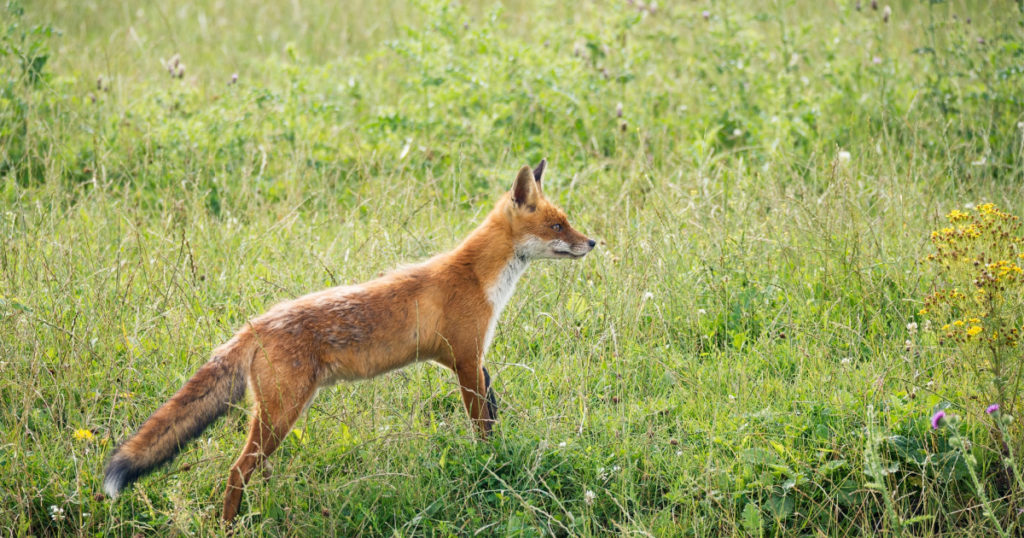
Foxes are solitary hunters that rely on stealth to get close enough to their prey and pounce. They have excellent night vision and an incredible sense of smell and are extraordinarily smart. There are several ways to deter foxes from stalking your flock, but the best way to protect your flock is with a secure coop and run. I have had great success with keeping my ducks safe from foxes with a solar-powered poultry net fence. The fence kit was on the pricey side, but it was a worthwhile investment.
What Do you Feed Ducks?
Ducks are omnivores, and they are happiest when their diet consists of a mixture of animal and plant materials. Like chickens, they love to forage and enjoy free-range access to grassy areas, muddy spots, and freshly worked gardens and fields.
Ducklings grow super fast, and all this rapid development requires proper nutrional support. Niacin or vitamin b3 is crucial to the healthy developement on ducklings. Niacin is needed for your duckling to grow strong bones and the effects can particularly be seen in their leg strength.
Ducks should also have access to grit as soon as they are eating foods other than a feed ration. Grit is simply ground up stone which they must have to help digest food in their gizzards (they have no teeth and cannot chew). Grit is available in chick/ducking size and adult size.
- During the first two weeks, you should start your ducklings a waterfowl starter, like Manna Pro Duck Starter Grower. A special ration formulated explicitly for young waterfowl containing the required niacin for growing birds. I almost always start my birds on crumbles, as it is easier for them to eat.
- For weeks 3-20, they should be kept on a Duck Starter Grower, but for optimal growth and development, you may want to cut the protein amount in the feed to prevent angel wing. 16-18% protein is ideal for preventing unhealthy weight gain and development. Many duck keepers mix in rolled oats to reduce the amount of protein in the feed ration. This handy calculator from Metzer Farms will help you achieve a specific protein level in your duckling’s feed. If you decide to move to a regular lower protein chick grower feed, you will need to continue to provide for your duckling’s niacin requirements with supplementation.
- Adult ducks (20 weeks and older) can eat a regular chicken layer feed. Duck layer feed is pretty hard to find, instead, look for a quality layer feed that should have at least 16% protein and added calcium to help form strong eggshells. Full grown ducks don’t require the same amount of niacin as growing ducklings, but they will still enjoy niacin rich treats. Many commercially prepared feeds include supplemental support such as prebiotics and probiotics to support your birds’ health further.
Duck Health & Physical Developement
Ducks are far more cold-hardy and healthier in general than chickens. You really shouldn’t encounter too many health issues with ducks, but a few conditions do pop up from time to time, and it is beneficial to be aware of common health issues that can cause problems with your flippered friends.
- Niacin Deficiency: In early-stage niacin deficiency, you will notice your duckling is not as mobile as she was or reluctant to walk and move around. The duckling might take a few steps and then sit down to rest. Their legs can appear weak and shaky, or the duckling may be unsteady.
- Angel Wing: A deformity of duck’s wings that causes them to turn out. Experts believe angel wing is the result of young ducklings consuming too much protein. The condition is painless, and since domestic ducks can’t fly anyway, mild cases are usually viewed as an unsightly cosmetic issue that doesn’t affect the bird’s quality of life.
- Wet Feather: A condition affecting the quality of a ducks feather’s, wet feather can significantly impact a ducks ability to stay warm and dry in the winter. Ducks suffering from wet feather have lost their waterproofing. There are several reasons this can develop, but most commonly, it happens when ducks are not allowed regular access to a pool or other source of water to preen in.
- Bumblefoot: Duck’s large feet are ideally suited for spending time paddling around in the water. Duck flippers are prone to cuts and scratches from pebbles, uneven surfaces, and even sticks and twigs on land. Minor cuts and abrasions become the perfect breeding ground for bacteria. Bumblefoot occurs when staphylococcus bacteria gets into the cut and causes a painful abscess.
- Water belly: Ascites, also known as water belly, is a life-threatening condition that usually affects older birds, and presents as a soft fluid build-up in the abdomen. The disease is usually caused by pulmonary hypertension and looks and feels like a water balloon under the duck’s skin. The goal of treatment is to keep the duck comfortable and happy.
I’ve just scratched the surface here on raising ducks. If you’ve checked out this article and are looking for more information on raising ducks in your backyard, I have plenty of resources available here to help you out!
If you have a question about something you can’t find an answer to here on my site, send me an email, and I will try to help you out.
I hope this guide was helpful if you are considering adding ducks to your backyard flock. If you recently brought home ducklings, leave a comment, and let me know how it is going!

